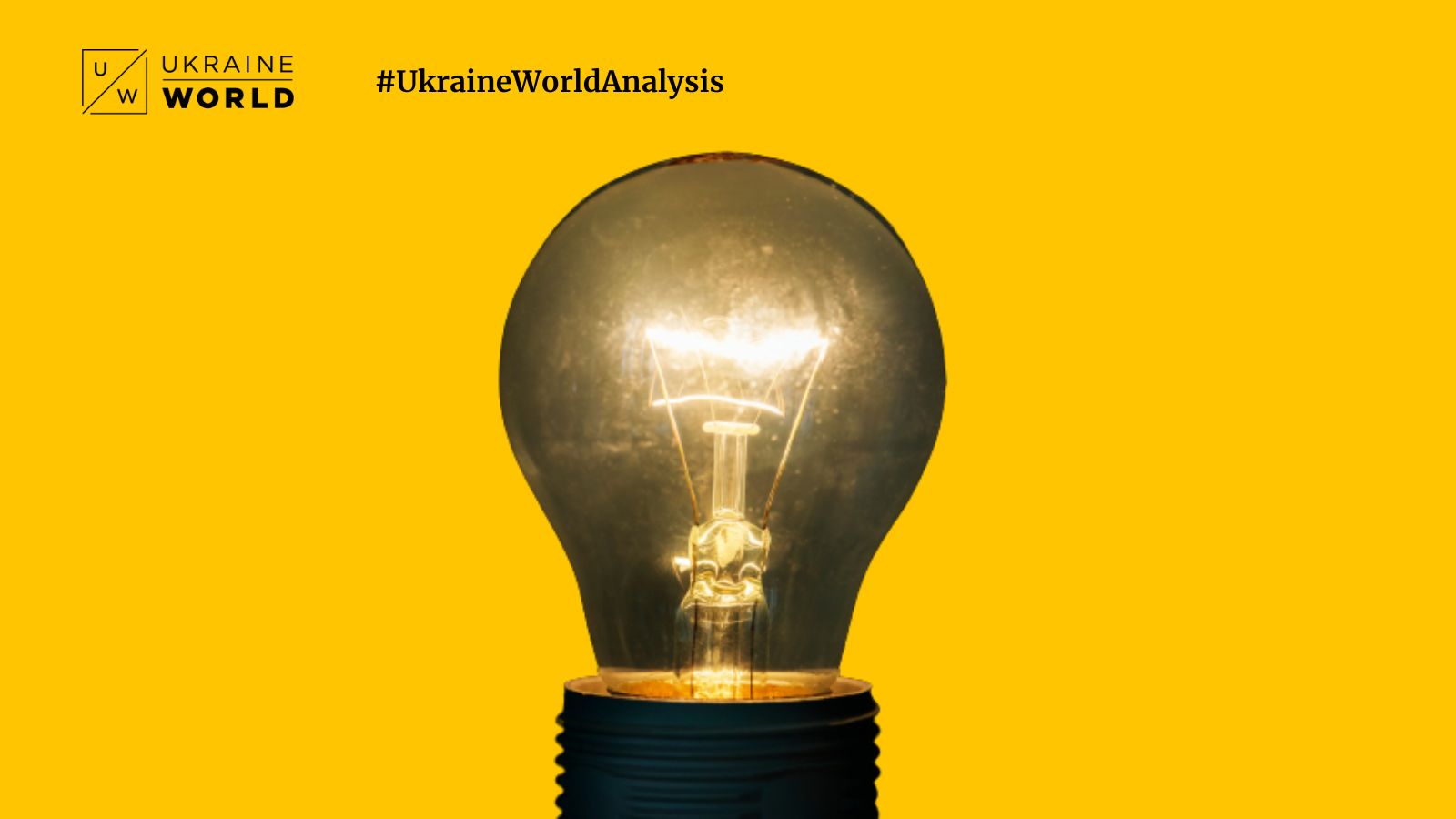UkraineWorld spoke to Roman Nitsovych, Research Director at DiXi Group.
Key points — in our brief, #UkraineWorldAnalysis:
1. On why Russia is hitting Ukraine's energy infrastructure
- As numerous studies show, damage to energy infrastructure does not fundamentally affect a belligerent's combat capability, since the armed forces already have priority access to energy supplies. These attacks are primarily aimed at weakening the economy and at undermining the Ukrainians' psychological condition so that they become angry at military and political authorities.
- This is definitely a war crime and meets the definition of genocide in international law, as one of its characteristics is "deliberately inflicting on a group conditions of life calculated to bring about its physical destruction in whole or in part."
- The Ukrainian power system is interconnected with the power system of Moldova, so the attacks are also a destabilizing factor in Moldova's internal political situation. There are still manipulations of Russian gas supplies to Moldova, connected to the volumes of electricity generated by a Russian-owned company in the unrecognized region of Transnistria which is used for Moldova's needs.
- The latest protests in the country are related to Russia's destabilization of gas markets and power outages resulting from damage to the Ukrainian system. Russia is trying to change the government in Moldova to one of their liking, so that Ukraine receives another unfriendly state on its borders.
2. On Ukraine's ability to rebuild the energy system after attacks
- A recent statement by DTEK [Ukraine's largest private power generation operator] indicates that there is no need to rebuild absolutely all facilities, because a large share of them need modernization anyway.
- Even before the war, Ukraine had by far more than enough generation capacity to satisfy demand. However, this reserve is being exhausted with each attack, and there is now a lack of capacity in many regions - i.e. an inability to use available generation capacity to supply electricity to the grid.
- Not only switchgears, but also key high-voltage substations of the electricity transmission system operator Ukrenergo have come under attack. Repairs begin directly after each attack. Their speed depends on the degree of damage and which equipment has been affected (as sometimes the equipment damaged is unique and can take months to be manufactured and replaced).
3. On changes in Russian strike tactics
- Different facilities are targeted each time. In the first months of the war, we saw attacks on oil refining and fuel storage facilities, and now it is mainly the facilities of the power system, as well as an attack on gas production facilities in Kharkiv Region.
- The enemy is trying to track the effectiveness of strikes to produce maximum damage. However, Russia needs to prepare each attack - by preparing its various launch systems (like strategic aircraft and ships) and by programming missile routes. This takes time, and since October, it has been approximately 10-14 days between massive attacks.
4. On the readiness of foreign partners to supply electricity to Ukraine
- The Ukrainian power system is synchronized with the power system of continental Europe (ENTSO-E). While it has the technical possibility to import electricity, the commercial possibility is another question.
- Prices on our electricity market were limited by caps, so they are accordingly lower than prices in European countries. Compared to Poland, wholesale prices in Ukraine are 2-2.5 times lower, and 2-4 times lower than in Hungary, Slovakia, or Romania. A proper financial mechanism would be needed, as according to the President Zelenskyy, emergency support of up to 2 GW during this heating season would cost around 800 million EUR. In addition, we need to understand that imports would not fully cover the extent of the deficit in Ukraine's power system.
- Turkey has proposed installing floating power stations in the Ukrainian port which are unblocked by the grain initiative, or in the ports of neighboring countries, such as Romania and Moldova, in order to supply Ukraine. This is an interesting technological solution, but again the affordability of electricity is still in question. The economy is now burdened by war losses, Ukraine has had to restructure its sovereign debts, and the government is looking for aid from allies to cover the fiscal deficit just in order to continue paying pensions and other social benefits. In such circumstances, it is difficult to find a significant financial resource to ensure imports. A more logical path is to discuss military aid and systems that will help us protect our energy infrastructure.
DARIA SYNHAIEVSKA, ANALYST AND JOURNALIST AT UKRAINEWORLD
Roman Nitsovych,Research Director at DiXi Group
This material was prepared with financial support from the International Renaissance Foundation.

